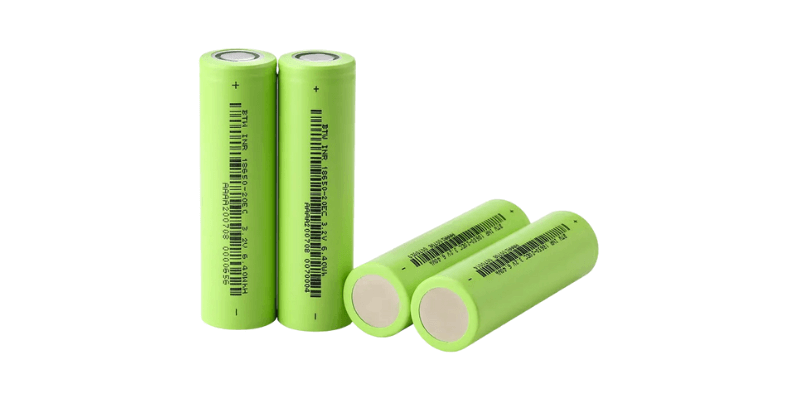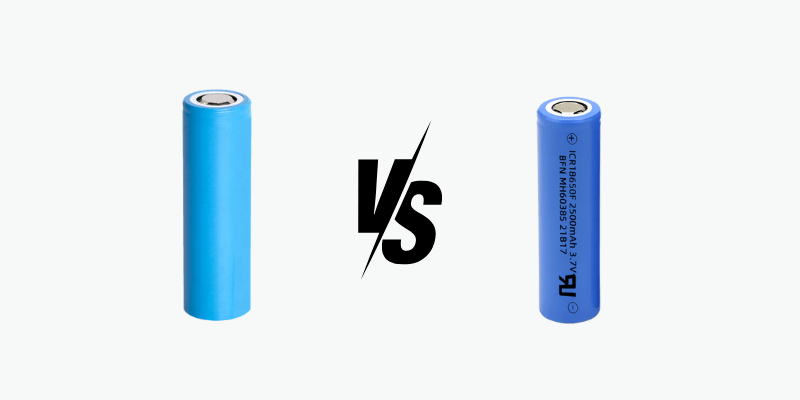The lithium battery industry has made significant progress to meet the rising power demands of electronics and equipment, including power tools, cars, and medical devices. Over the past two decades, various sizes and shapes of lithium batteries have been produced in response to fluctuating demand. Cylindrical cell models have seen massive growth, with the 18650 and 21700 models competing for size and capacity.
18650 Battery Cell Basics
The 18650 battery cell, debuted by Panasonic in 1994 and optimized in 2013, measures 18mm in diameter and 65mm in length. It has capacities ranging from 1,200 mAh to 3,600 mAh and operates at about 3.6 to 3.7 volts.
Demand peaked around 2011 due to the rise of electric vehicles like Tesla, drones, and medical devices, resulting in nearly 2.55 billion cells produced that year.
However, demand has decreased as electronics move toward slimmer designs requiring higher power. Concerns over potential battery shortages for electric vehicles led manufacturers to oversupply cells.
To meet the growing need for higher capacity batteries, newer models like the 21700 may be necessary.

21700 Battery Cell Basics
The 21700 cells, introduced in 2017 by Panasonic and Tesla, measure 21mm in diameter and 70mm in length.
They are larger than the 18650 cells and offer a capacity of 4,000 to 5,000 mAh with a nominal voltage of 3.6 to 3.7 volts.
Available as protected (with safety features) or unprotected (without safety), these cylindrical batteries can be flat or have a button-top design, specifically designed to replace the 18650 in electric vehicles.

18650 vs 21700 Cell Comparison
Cell Capacity
The battery capacity of 18650 cells is limited to about 3,600mAh due to their size.
In contrast, the 21700 battery can reach a maximum capacity of 5,000mAh, representing a 42% increase.
Cost
Tesla’s official information indicates that the 21700 lithium battery system costs $155/kWh, while the 18650 system costs $171/kWh, resulting in a cost reduction of about 9%.
The higher cost of the 18650 is due to its need for more raw materials to achieve the same capacity. For example, a 100Ah battery requires 20 units of 5,000mAh 21700 cells but needs 30 units of 3,300mAh 18650 cells.
Energy Density
The 21700 battery has an energy density of nearly 300 Wh/kg, while the 18650 reaches only 250 Wh/kg. This means the 21700’s energy density is almost 20% higher than that of the 18650.
Application
- 21700: electric vehicles, power tools, high-performance electronics, drones
- 18650: flashlights, vaping devices, portable chargers

Anticipating Future Trends in Battery Industry
Electronics and automotive sectors are shifting to 21700 lithium cell for its manufacturing efficiency and enhanced capacity.
While pouch cells may have higher production costs, both 18650 and 21700 cells provide avenues for cost reduction. Technological advancements are expected to lower pouch cell manufacturing costs over time.
The 21700’s longer runtime positions it as a suitable replacement for the 18650; however, manufacturers will still use 18650 cells where smaller sizes or lower capacities are needed.
As the industry evolves, lightweight batteries with adaptable designs will remain in demand, prompting a shift towards higher capacity cells while allowing for smooth transitions from 18650 to 21700 without complete redesigns.
Conclusion
Top-tier cell manufacturers are shifting from the 18650 to the 21700 cell model. As this design becomes more common, variations will emerge based on application needs. A key consideration is the potential for flat cells; if a flat cell matches the performance of a cylindrical 21700, demand will surge.
However, demand for 18650 cells will continue in military, medical, and automotive applications. As the market saturates with 21700 designs, manufacturers may reduce production of 18650 batteries. Consulting with a battery pack manufacturer like Holo Battery can help companies assess current battery needs and anticipate future changes as technologies evolve.
Related Article:

